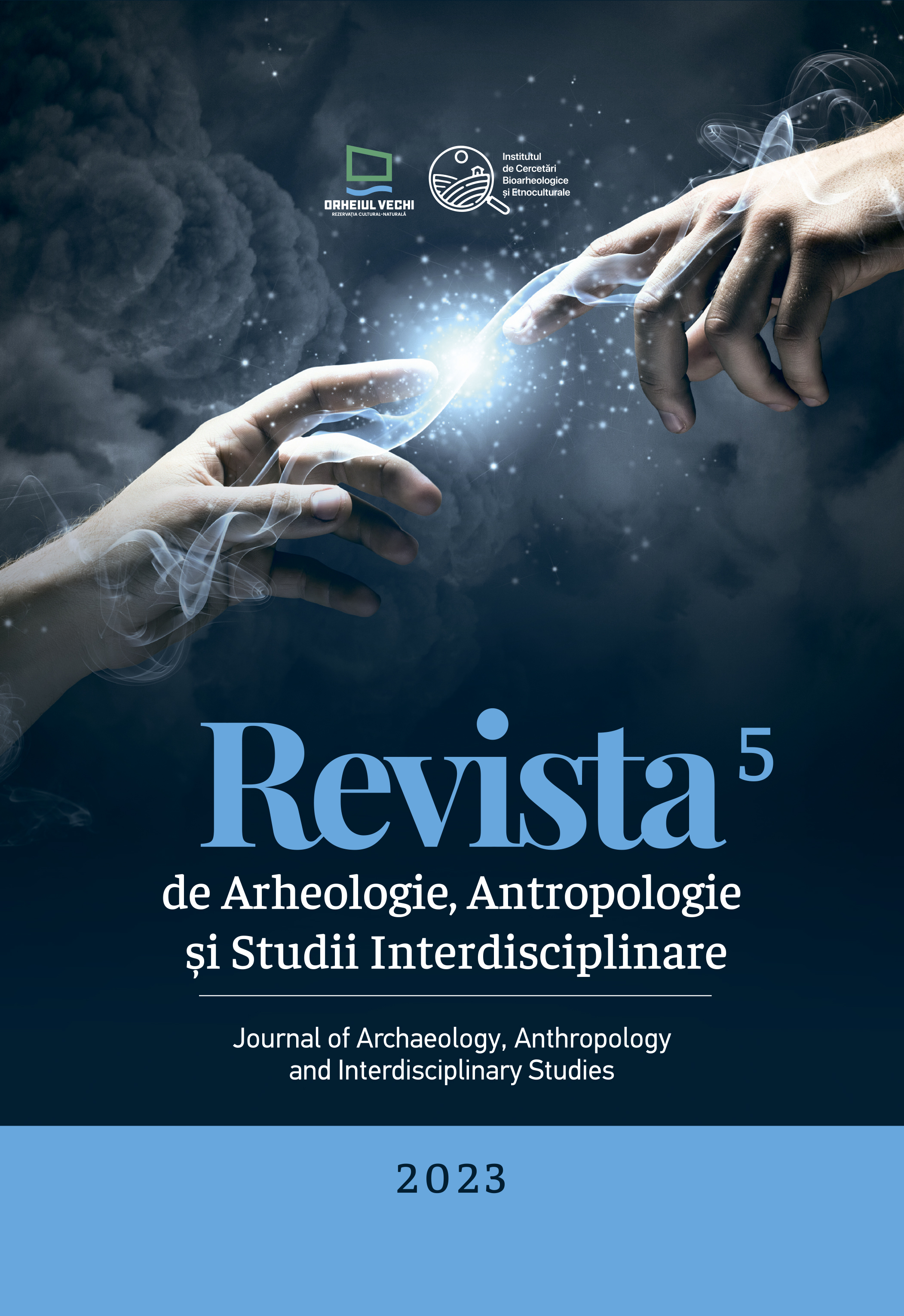Primul caz de amputare din România medievală
The first case of amputation in Mediaeval Romania
Author(s): Angela Simalcsik, Robert Daniel SimalcsikSubject(s): History, Archaeology
Published by: Bons Offices – Casa Editorial-Poligrafică
Keywords: Târgoviște; Roman Catholic Church “St. Francis of Assisi”; mediaeval period; antemortem amputation
Summary/Abstract: This paper presents the first case of an antemortem amputation discovered in a mediaeval archaeological context in Romania. The skeleton, assigned to an adult male aged about 35-40 years, was exhumed in 2022 in a reburial grave (M1) investigated in the courtyard of the Roman Catholic Church “St. Francis of Assisi” from Targoviște (Dambovița County, Romania). The first part of the paper presents anthropological data resulting from the analysis of the 10 skeletons discovered in the graves of the Catholic Church of Targoviște and investigated in 2022, and the second part focuses on the subject of amputation. The bones of the right forearm (radius and ulna) of this man were missing the distal third. The bones showed extensive changes in bone tissue. The osteoblastic reaction of the bone tissue is visible macroscopically. The callous surfaces are poorly developed, rough, coarse, fringed, and porous. Osteophytes were also observed in the present study. Post-traumatic bone bridges were not formed between the bones. The clear presence of inflammation and cloaca-like excavations led us to assume that amputation did not occur long before death. An inflammatory-infectious process, probably osteomyelitis, developed at the site of the incision to a somewhat limited extent. This process does not require a long time for completion. The purulent infection probably drained some time from the amputation “stump”. The only component of the palaeopathological picture of this individual that could be related to the amputation is the trabecular-type porosity in the supraorbital, temporal, and zygomatic regions. Inflammation and infection in the area of the amputation line indicate that the environment in which the procedure was performed was not aseptic. It is not possible to determine, with certainty, the exact factor that led to the amputation, the type of instrument used to perform the procedure, or whether it was a punitive or life-saving procedure. However, this event changed his priorities and limited his mobility.
Journal: Revista de Arheologie, Antropologie și Studii Interdisciplinare
- Issue Year: 5/2023
- Issue No: 1
- Page Range: 295-326
- Page Count: 32
- Language: Romanian

